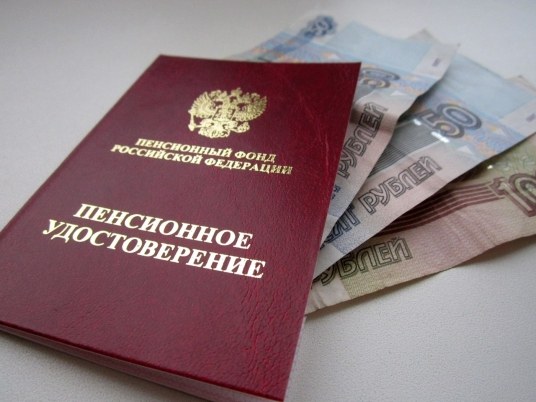The size of pension is affected by the following factors:
- working experience;
- the amount of earnings;
the number of deductions on insurance premiums
With self-calculation of pensions it is necessary to consider many factors, normative acts of legislation that affect the totals.
To learn how to correctly calculate the pension, you should understand some of the factors that affect monthly payments. Work experience is a measure of labour activity of the citizen, irrespective of his position and place of work.
In primary employment it is necessary to design the work book, which in the future will confirm the number of years worked and places of employment.
The pension of any citizen includes the following:
- basic, standard part, which is established by state bodies;
- the insurance part that accumulates from organized pension capital and of the number of contributions;
the part that is accumulated during employment.
The cumulative payoff generated by personal participation in pension funds. The amount depends on the amount of funds that were made prior to retirement. Right depositing will help to achieve retirement age to accumulate a rather impressive amount of money.
It is very difficult to calculate retirement without the help of professionals. There are a number of persons who know the specifics of the legislation and can provide services in this area. Professionals not only hold the required calculations, but will assess the potential and prospects of the citizen, which will allow to achieve maximum effect, after many years of hard work.
When calculating future pensions to men whose experience must be 25 years or more (for women, 20), you can use the following formula:
RP=SC*SP/ST*SZP, where
ZR is the average monthly earnings of the citizen. Are taken into account, any 60 months.
Salary – average earnings in the country during the above period.
AW – average wage in the country.
SK is the coefficient that accounts for the insured and is equal to 55%. Every next year there is an increase 0.01% in excess of the specified date, but cannot exceed 20%.
The coefficient depends on seniority, but may not exceed 75%. The final amount of pension payments depends on the location of activities and other reasons that need to be considered in the calculations.
- working experience;
- the amount of earnings;
the number of deductions on insurance premiums
With self-calculation of pensions it is necessary to consider many factors, normative acts of legislation that affect the totals.
Work experience
To learn how to correctly calculate the pension, you should understand some of the factors that affect monthly payments. Work experience is a measure of labour activity of the citizen, irrespective of his position and place of work.
In primary employment it is necessary to design the work book, which in the future will confirm the number of years worked and places of employment.
The main components of the calculation of pensions
The pension of any citizen includes the following:
- basic, standard part, which is established by state bodies;
- the insurance part that accumulates from organized pension capital and of the number of contributions;
the part that is accumulated during employment.
Features of funded pension
The cumulative payoff generated by personal participation in pension funds. The amount depends on the amount of funds that were made prior to retirement. Right depositing will help to achieve retirement age to accumulate a rather impressive amount of money.
It is very difficult to calculate retirement without the help of professionals. There are a number of persons who know the specifics of the legislation and can provide services in this area. Professionals not only hold the required calculations, but will assess the potential and prospects of the citizen, which will allow to achieve maximum effect, after many years of hard work.
Pension calculation
When calculating future pensions to men whose experience must be 25 years or more (for women, 20), you can use the following formula:
RP=SC*SP/ST*SZP, where
ZR is the average monthly earnings of the citizen. Are taken into account, any 60 months.
Salary – average earnings in the country during the above period.
AW – average wage in the country.
SK is the coefficient that accounts for the insured and is equal to 55%. Every next year there is an increase 0.01% in excess of the specified date, but cannot exceed 20%.
The coefficient depends on seniority, but may not exceed 75%. The final amount of pension payments depends on the location of activities and other reasons that need to be considered in the calculations.


